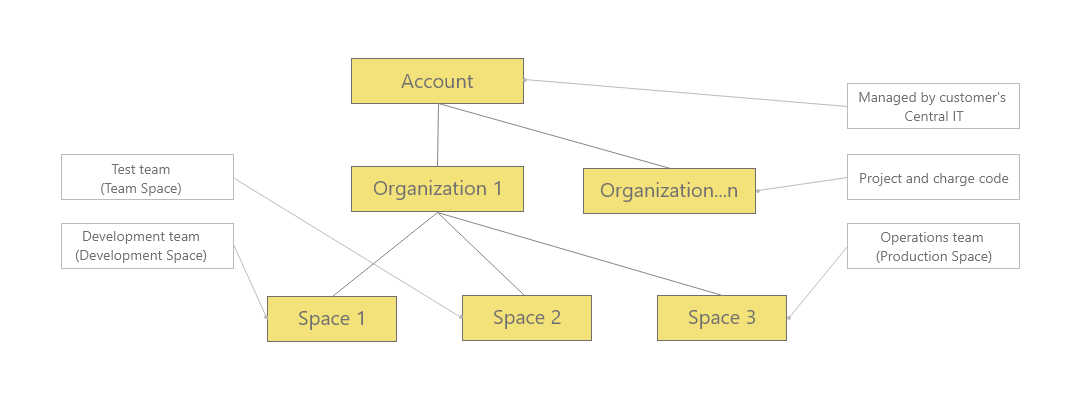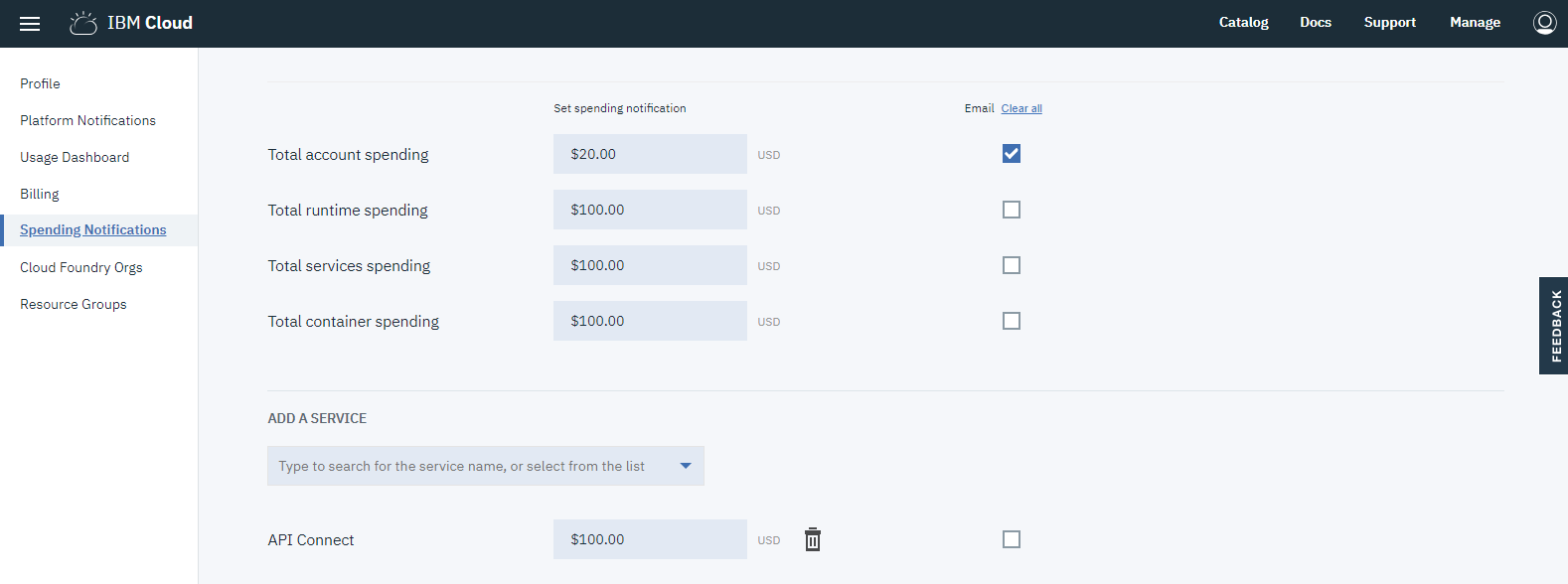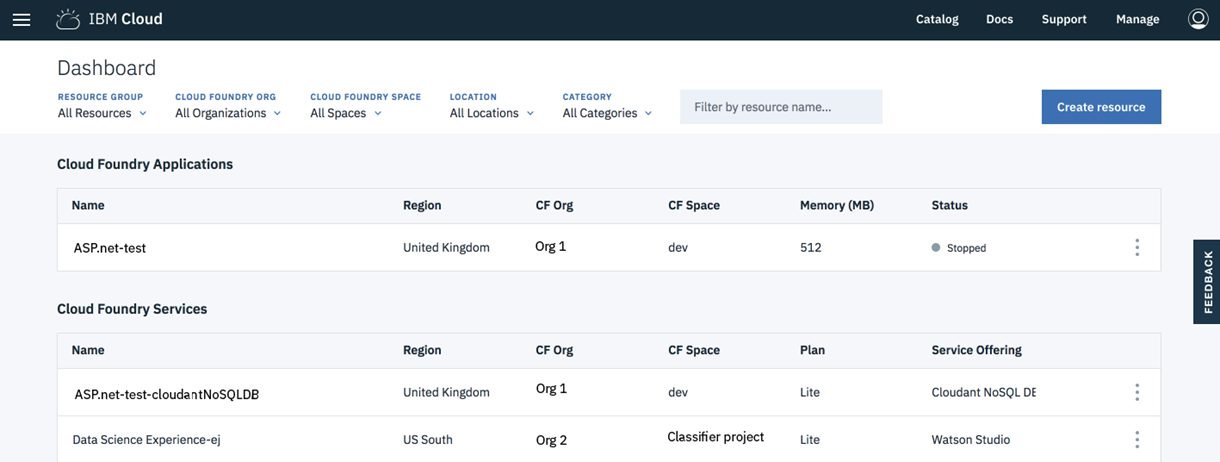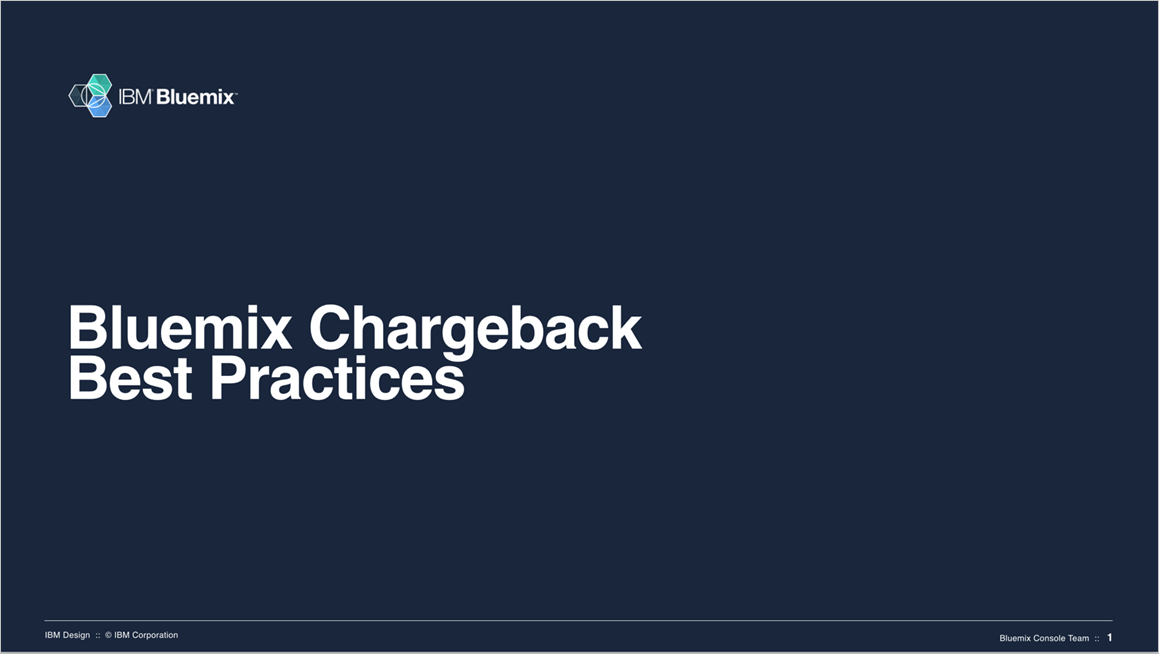Cost Recovery Research (2015-2017)
IT organizations typically charge their customers for the costs of buying and maintaining software, hardware and services through a cost recovery process. In a large company, their customers are often departments or lines of business. Improving the cost recovery process was a topic that came up in many different aspects of my UX Research with the IBM Cloud team.
I led a series of studies with IBM Bluemix (now IBM Cloud) customers to understand how customers used the constructs they had in our console and I found that the way they used our constructs was intimately interwoven with their organizational structure.
Contributions: UX Research: interviews, requirement analysis, best practice development, secondary research
Org Charts
One of my first customer meetings was to understand a customer's request for usage reporting. The reports were being requested by project owners and leaders of Lines of Business and IT and their report requests reflected their responsibilities. I found that understanding the organization often helped to predict the kinds of reports they wanted to see. I also learned that reporting usage was their initial step towards "chargebacks", which are the bills they send to their internal customers.
We used an org chart, which became a part of every introductory meeting with a customer. The chart also helped me to understand many issues including billing, permissions and the organization of their environment. Most of the time, customers wanted to divide costs, permissions, and management by one of the human organizations represented in the org chart.

Bluemix Artifacts
Customers also wanted to encapsulate charges by each project. Customers could easily segment project costs by mapping a project to the built-in construct of an "organization", but initially, we did not have a clear best practice that was communicated to customers, so many used a different concept, "spaces" to represent a project, then discovered that they had to manually parse project charges from their invoices. This became clear when I compared how they used organizations to their feature requests.
Communicating a best practice through documentation and other communications was the first step. Several larger outcomes came from this study too.

Outcomes
Outcome 1: Spending Alerts
Some customers reported finding unexpected charges, resulting from forgotten services running, unexpected numbers of API calls or other reasons. To warn customers when unexpected charges were likely, we added spending alerts.

Outcome 2: Unified Dashboards
I also found that one cause of services that were left running and forgotten was having separate dashboards for each space. Users would launch services in one space, create a new space then forget about the initial one. We added an update was added to make it easier to see all their services with a single dashboard, making it more difficult to lose track of services and to see the status of everything in their environment in a single page.

Outcome 3: CSV Usage Data
Another problem that customers faced was the number of manual steps in the process. Rather than collecting data points from the UI, they wanted to streamline the process with comma-separated value (CSV) files. With CSV files, they could use spreadsheets or chargeback software that could read and speed up the chargeback process significantly.

Outcome 4: Customer Best Practices
Another outcome of my work was a best practices guide for chargebacks. Many customers were used to fixed costs for IT services, but costs in the cloud vary every month. Also, they are in many different units. When I asked how customers about their chargeback strategy, they asked us to help them.
I worked with a product manager and the administrator of IBM's internal Bluemix Cloud to develop the Bluemix Chargeback Best Practices. We developed multiple options and shared this with many of our largest customers. They also contributed their ideas with us which we included in future iterations of our best practices. While the presentation was a bit dry, customers deeply appreciated the work it saved them.

Most of our customers loved the capabilities that the IBM Cloud environment gave them but wanted to minimize the time they spent paying the bills. From customers, I gained a deep understanding of cost recovery and their business models. These studies also emphasized how much our design decisions could impact their experience with our products.